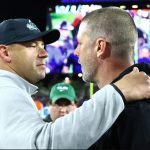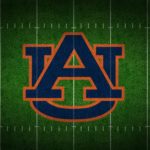Ex-ESPN analyst, football star shares heartbreaking news- so shaking
David Pollack recently turned to social media to request prayers for his wife, Lindsey, who is facing a significant medical procedure.
“I typically keep my personal life private on social media, but today is an exception,” he posted on X. “If you’re someone who prays, please remember my wife Lindsey in your thoughts. She has brain cancer and will be having surgery on Wednesday at Duke. I’m so grateful to serve a caring God who supports us in our difficult times.”
Pollack hasn’t provided any updates on how the surgery went, but he did come back to X on Wednesday to express his gratitude to his followers.
“I know there’s a lot of negativity in the world, but I’m truly amazed by all the positivity and love I’ve received,” he shared. “I felt it from so many people! I just met a couple at the hospital who approached me and my family to pray for us! God is so good!”
Pollack was an iconic defensive lineman at the University of Georgia, where he earned accolades as a two-time SEC Defensive Player of the Year, a three-time All-American, and a two-time winner of the Ted Hendricks Award. In 2004, he also claimed the Chuck Bednarik Award. After his time at Georgia, he was selected in the first round, 17th overall, of the 2005 NFL Draft by the Cincinnati Bengals.
His career was cut short by a neck injury after he recorded 29 tackles and 4.5 sacks.
From 2011 to 2023, he served as a college football analyst for ESPN.



No Comment! Be the first one.